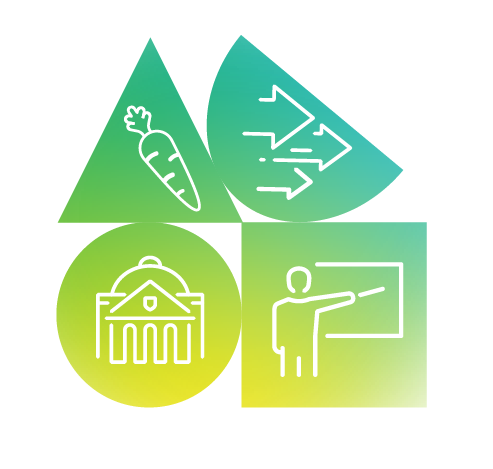It’s time to radically restructure grades 11 through 14—the last two years of high school and the first two years of college. Our systems for transitioning students from high school to college and onto careers don’t work for the majority of young people because there’s an intractable disconnect between high school, higher education, and the workforce in this country.
At JFF, we’ve come up with a solution to this problem: Let’s erase the arbitrary dividing line between high school, college, and career preparation.
We’re calling this the “Big Blur.” It’s a proposal for fulfilling our vision of a new model and new systems that serve 16-to-20-year-olds better than the fragmented mix we have now.
The reimagined ecosystem we have in mind would feature new structures that aren’t high schools or community colleges, but entirely new configurations of interconnected training, education, and work-based learning programs that prepare participants to enter rewarding careers and pursue further postsecondary education. It would all be free of charge, and the learning would be aligned to labor market demands, with the academic instruction and the work-based learning programs leading to postsecondary credentials with labor market value and transferable credit.






